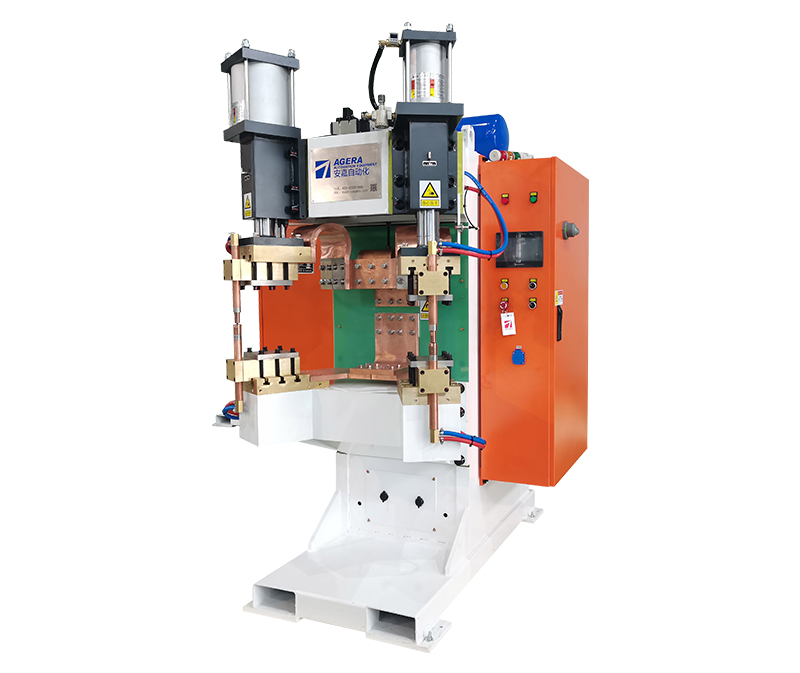How to Inspect the Quality and Classify Nut Spot Welding Machines?
In the world of manufacturing and industrial production, the quality of machinery and equipment is of paramount importance. This holds true for nut spot welding machines, which play a crucial role in various assembly processes. In this article, we will delve into the methods for inspecting the quality of these machines and how they can be classified based on their performance and features.
1. Visual Inspection: The first step in evaluating a nut spot welding machine’s quality is a visual inspection. Check for any visible defects, such as weld splatter, loose components, or signs of wear and tear. This initial assessment can reveal a lot about the machine’s overall condition.
2. Welding Performance: The primary function of a nut spot welding machine is to create strong and reliable welds. To assess its welding performance, examine the quality of the welds it produces. Look for factors like weld consistency, uniformity, and strength. Machines that consistently produce high-quality welds can be classified as top-tier.
3. Precision and Accuracy: Precision is a key factor in manufacturing, and nut spot welding machines are no exception. Evaluate the machine’s accuracy in terms of electrode positioning and timing. Machines that consistently position and time electrodes accurately can be classified as high-precision.
4. Power and Efficiency: Assess the power and energy efficiency of the machine. Highly efficient machines consume less power and generate less heat, which can lead to cost savings and a longer lifespan. Efficiency should be a crucial criterion when categorizing these machines.
5. Durability and Longevity: The durability of a nut spot welding machine is a significant factor in its overall quality. Machines constructed with high-quality materials and robust engineering tend to have a longer lifespan. These machines can be categorized as long-lasting and reliable.
6. Safety Features: Safety is paramount in any industrial setting. Machines with advanced safety features such as emergency stop mechanisms, overcurrent protection, and secure electrode handling can be classified as safe and secure.
7. Control Systems and User-Friendliness: Evaluate the machine’s control systems and user interface. Machines with intuitive, user-friendly controls and the capability for customization can be considered user-friendly.
8. Additional Features and Options: Consider any extra features or options that the machine offers. This might include features like automatic electrode dressing, multiple welding modes, or remote monitoring capabilities. Machines with a wide range of features can be categorized as versatile and adaptable.
9. Warranty and Support: A manufacturer’s commitment to their product is reflected in the warranty and support they provide. Machines backed by strong warranties and accessible customer support can be considered reliable.
In conclusion, the quality of nut spot welding machines can be inspected and classified based on various criteria, including visual inspection, welding performance, precision, power efficiency, durability, safety features, user-friendliness, additional features, and manufacturer support. By considering these factors, you can make an informed decision when choosing a nut spot welding machine that suits your specific industrial needs.
